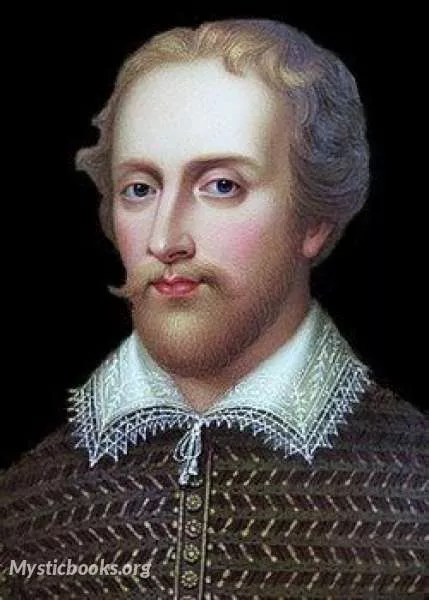
Timeline
Title
Country/Nationality
Edmund Spenser
Edmund Spenser was an English poet best known for The Faerie Queene, an epic poem and fantastical allegory celebrating the Tudor dynasty and Elizabeth I. He is recognized as one of the premier craftsmen of nascent Modern English verse and is often considered one of the greatest poets in the English language.
Edmund Spenser was born in East Smithfield, London, around the year 1552; however, there is still some ambiguity as to the exact date of his birth. His parenthood is obscure, but he was probably the son of John Spenser, a journeyman clothmaker. As a young boy, he was educated in London at the Merchant Taylors' School and matriculated as a sizar at Pembroke College, Cambridge. While at Cambridge he became a friend of Gabriel Harvey and later consulted him, despite their differing views on poetry. In 1578, he became for a short time secretary to John Young, Bishop of Rochester. In 1579, he published The Shepheardes Calender and around the same time married his first wife, Machabyas Childe. They had two children, Sylvanus (d. 1638) and Katherine.
In July 1580, Spenser went to Ireland in service of the newly appointed Lord Deputy, Arthur Grey, 14th Baron Grey de Wilton. Spenser served under Lord Grey with Walter Raleigh at the Siege of Smerwick massacre. When Lord Grey was recalled to England, Spenser stayed on in Ireland, having acquired other official posts and lands in the Munster Plantation. Raleigh acquired other nearby Munster estates confiscated in the Second Desmond Rebellion. Sometime between 1587 and 1589, Spenser acquired his main estate at Kilcolman, near Doneraile in North Cork. He later bought a second holding to the south, at Rennie, on a rock overlooking the river Blackwater in North Cork. Its ruins are still visible today. A short distance away grew a tree, locally known as "Spenser's Oak" until it was destroyed in a lightning strike in the 1960s. Local legend claims that he penned some of The Faerie Queene under this tree.
In 1590, Spenser brought out the first three books of his most famous work, The Faerie Queene, having travelled to London to publish and promote the work, with the likely assistance of Raleigh. He was successful enough to obtain a life pension of £50 a year from the Queen. He probably hoped to secure a place at court through his poetry, but his next significant publication boldly antagonised the queen's principal secretary, Lord Burghley (William Cecil), through its inclusion of the satirical Mother Hubberd's Tale. He returned to Ireland.
In 1591, Spenser published a translation in verse of Joachim Du Bellay's sonnets, Les Antiquités de Rome, which had been published in 1558. Spenser's version, Ruines of Rome: by Bellay, may also have been influenced by Latin poems on the same subject, written by Jean or Janis Vitalis and published in 1576.
By 1594, Spenser's first wife had died, and in that year he married a much younger Elizabeth Boyle, a relative of Richard Boyle, 1st Earl of Cork. He addressed to her the sonnet sequence Amoretti. The marriage itself was celebrated in Epithalamion. They had a son named Peregrine.
In 1596, Spenser wrote a prose pamphlet titled A View of the Present State of Ireland. This piece, in the form of a dialogue, circulated in manuscript, remaining unpublished until the mid-seventeenth century. It is probable that it was kept out of print during the author's lifetime because of its inflammatory content. The pamphlet argued that Ireland would never be totally "pacified" by the English until its indigenous language and customs had been destroyed, if necessary by violence.
In 1598, during the Nine Years' War, Spenser was driven from his home by the native Irish forces of Aodh Ó Néill. His castle at Kilcolman was burned, and Ben Jonson, who may have had private information, asserted that one of his infant children died in the blaze
In the year after being driven from his home, 1599, Spenser travelled to London, where he died at the age of forty-six – "for want of bread", according to Ben Jonson; one of Jonson's more doubtful statements, since Spenser had a payment to him authorised by the government and was due his pension. His coffin was carried to his grave in Poets' Corner in Westminster Abbey by other poets, who threw many pens and pieces of poetry into his grave with many tears. His second wife survived him and remarried twice. His sister Sarah, who had accompanied him to Ireland, married into the Travers family, and her descendants were prominent landowners in Cork for centuries.
Books by Edmund Spenser
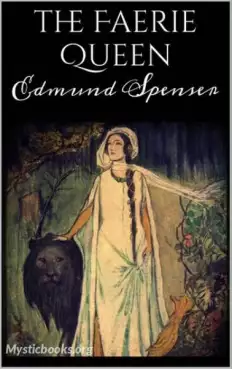
The Faerie Queene, Book 1
The Faerie Queene is an English epic poem by Edmund Spenser. Books I–III were first published in 1590, then republished in 1596 together with books IV–VI. The Faerie Queene is notable for its form: at over 36,000 lines and over 4,000 Stanzas it is on...
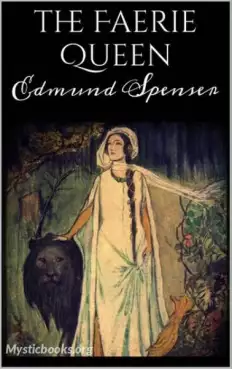
The Faerie Queene, Book 2
The Second Booke of the Faerie Queene contayning The Legende of Sir Guyon or of Tempaurance. The Faerie Queene was never completed, but it continues to be one of the most beautiful and important works of literature ever written. Spenser wrote it as a...
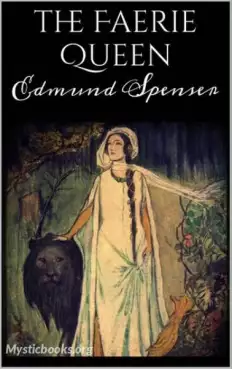
The Faerie Queene Book 3
"The Third Book of the Faerie Queene contayning the Legende of Britomartis or of Chastitie." The Faerie Queene was never completed, but it continues to be one of the most beautiful and important works of literature ever written. Spenser wrote it as a...
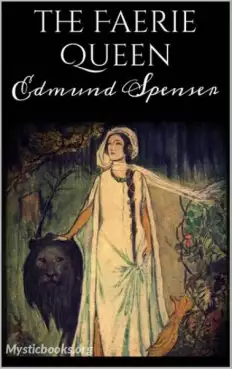
The Faerie Queene Book 4
"The Fourth Book of the Faerie Queene contayning the Legende of Cambel and Telamond or of Friendship." The Faerie Queene was never completed, but it continues to be one of the most beautiful and important works of literature ever written. Spenser wro...
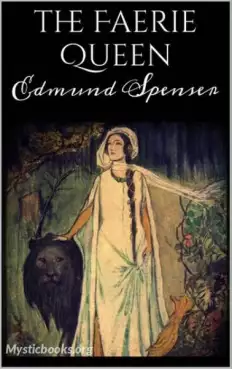
The Faerie Queene Book 5
The Fifth Book of the Faerie Queene contayning the Legende of Artegall or of Ivstice.This masterpiece was never completed, but it continues to be one of the most beautiful and important works of literature ever written. Spenser wrote it as a paean to...
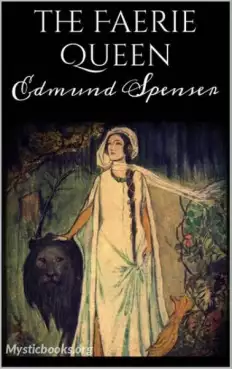
The Faerie Queene Books 6 & 7
'The Sixth Book of the Faerie Queene contayning the Legende of S, Calidore or of Cvrtesie.' Apart from Books 1-6, the only surviving section of the Faerie Queene is a short isolated fragment known as the Mutabilitie Cantos (traditionally numbered Boo...

Amoretti: A Sonnet Sequence
Amoretti is a sonnet cycle written by Edmund Spenser in the 16th century. The cycle describes his courtship and eventual marriage to Elizabeth Boyle.
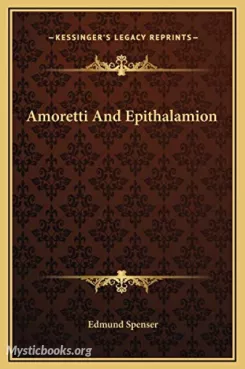
Amoretti and Epithalamion
This is a captivating collection of sonnets and a longer lyrical poem that explores the depths of love and devotion. Written by the renowned English poet Edmund Spenser, this anthology stands as a testament to the enduring power of love's enchantment...
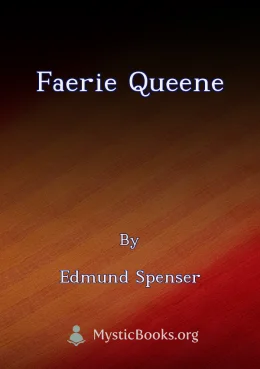
Faerie Queene
Edmund Spenser's 'The Faerie Queene' is an epic poem that follows the adventures of twelve knights on a quest to overcome personal weaknesses and embody moral virtues. Set in a fantastical realm, the poem explores themes of love, beauty, and the huma...
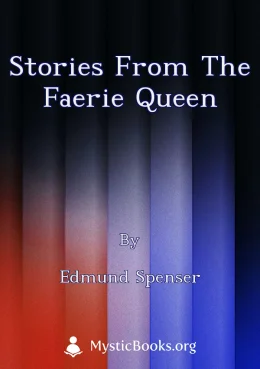
Stories from the Faerie Queen
The Faerie Queen is an epic fantasy poem by Edmund Spenser, first published in 1590. It is an allegorical work that tells the story of the adventures of twelve knights who represent different virtues, as they seek to find their true loves and defeat...

Brittains Ida or Venus and Anchises
This poem, originally titled "Venus and Anchises" by its author, John Fletcher, tells the story of the goddess Venus's encounter with the young Anchises, leading to the birth of Aeneas, the hero of Virgil's epic poem, the Aeneid. The work, written in...

Four Hymns
This volume contains four hymns by Edmund Spenser, a renowned Elizabethan poet. The hymns explore the Platonic concept of love and beauty, and their relationship to the divine. Spenser's work is known for its lyrical beauty and philosophical depth, a...